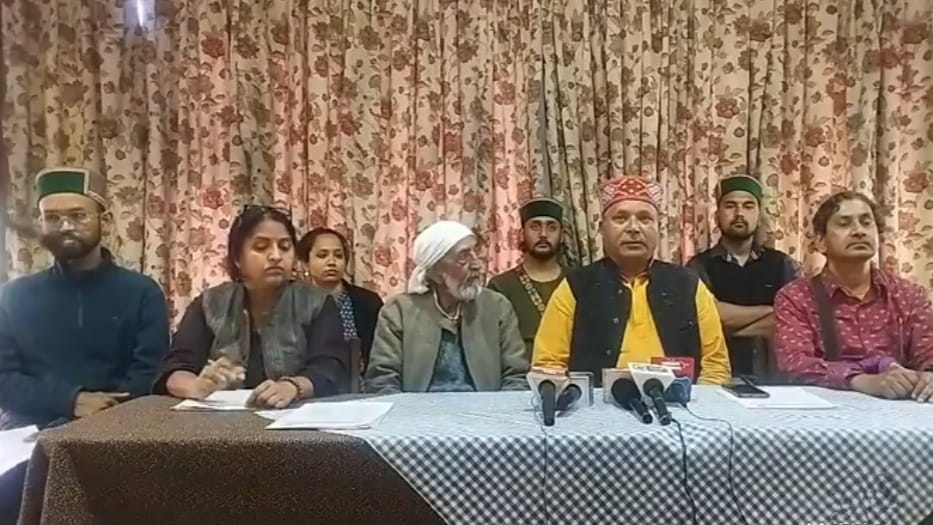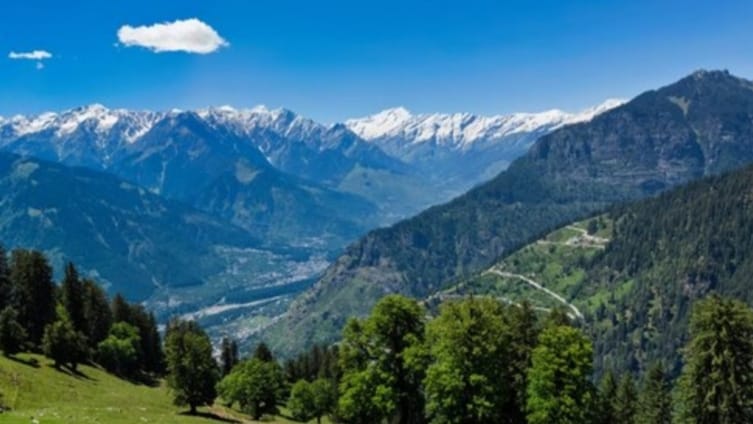Towards Securing the Himalayan Ecosystem: A Demand Charter by the People for Himalaya Campaign
The Himalayas, a majestic mountain range serving as the lifeblood of millions across South Asia, face an existential threat from escalating climate disasters. The People for Himalaya (PH) campaign, a coalition of civil society organizations, environmental experts, and concerned citizens from the region, has issued a comprehensive demand charter outlining a roadmap for safeguarding the Himalayas. This charter underscores the critical need for sustainable development practices and community-centric governance to ensure the ecological and social resilience of the Himalayan region.
The Crisis in the Mountains
The PH campaign highlights the alarming rise in the frequency and intensity of climate disasters impacting the Himalayas. These disasters, including landslides, floods, glacial lake outburst floods (GLOFs), and rising temperatures, disrupt the region’s fragile geological and ecological balance, jeopardizing local livelihoods and displacing communities. The campaign emphasizes that these events are not merely “natural” occurrences but rather the consequence of systemic issues:
Relentless development of Infrastructure – The relentless pursuit of mega infrastructure projects such as dams, highways, and unchecked urbanization has significantly altered the Himalayan landscape, exacerbating environmental vulnerabilities.
Unsustainable Extraction of Resources – Driven by profit motives, unsustainable resource extraction practices have inflicted immense damage on the Himalayan ecosystem.
Weakening of Environmental Safeguards – The weakening of environmental regulations and policies has created a vacuum, allowing for environmentally destructive practices to flourish.
Creating a top-to-down development model -The current development paradigm often overlooks the crucial role of local communities and their traditional knowledge in safeguarding the Himalayas.
The PH campaign emphasizes that the most vulnerable segments of society, including marginal farmers, indigenous communities, women, and migrant workers, bear the brunt of these human-induced disasters.

Call to Action: The Demand Charter by People of Himalaya
In response to this crisis, the PH campaign proposes a five-point action plan:
1. Systematic Planning and Strong Regulations – This includes a moratorium on mega infrastructure projects, implementation of mandatory and comprehensive environmental impact assessments, and ensuring community participation in land-use decisions.
2. Strengthening Communities through Governance – The campaign advocates for strengthening community resource rights, undertaking essential land reforms, and establishing decentralized decision-making processes that integrate indigenous knowledge and traditional practices.
3. Knowledge Sharing and Increased Transparency – The PH campaign calls for increased transparency in disaster risk assessments and climate adaptation strategies. It also emphasizes the importance of public access to data on pollution levels and resource utilization to facilitate informed decision-making.
4. Building Resilient Himalayan Ecosystem -This section focuses on promoting sustainable livelihoods based on agroecological practices, responsible tourism that respects carrying capacities, effective waste management solutions, and the revival of traditional resource management systems.
5. A mechanism for robust disaster reaction: The campaign calls for the establishment of a dedicated disaster response fund, along with effective post-disaster rehabilitation measures. Additionally, it underscores the need to strengthen local disaster response capacities and hold accountable those responsible for infrastructure projects that contribute to disasters.
Forming a unified front for sustainable growth
The PH campaign stands in solidarity with organizations advocating for democratic, decentralized governance based on the principles of sustainability, equity, and climate justice. The charter concludes with a comprehensive list of 68 endorsing organizations, representing the diverse communities across the Himalayan region.
This demand charter serves as a powerful call to action for policymakers, development agencies, and the public. By implementing these recommendations, we can work towards a future where the Himalayas are secured from disasters and its communities can thrive in harmony with their environment.



